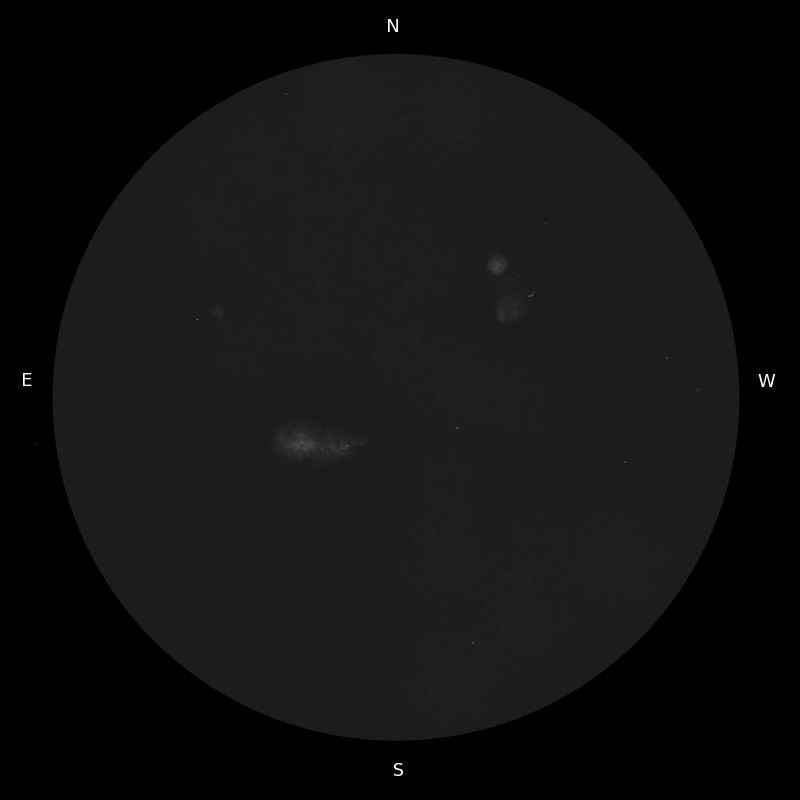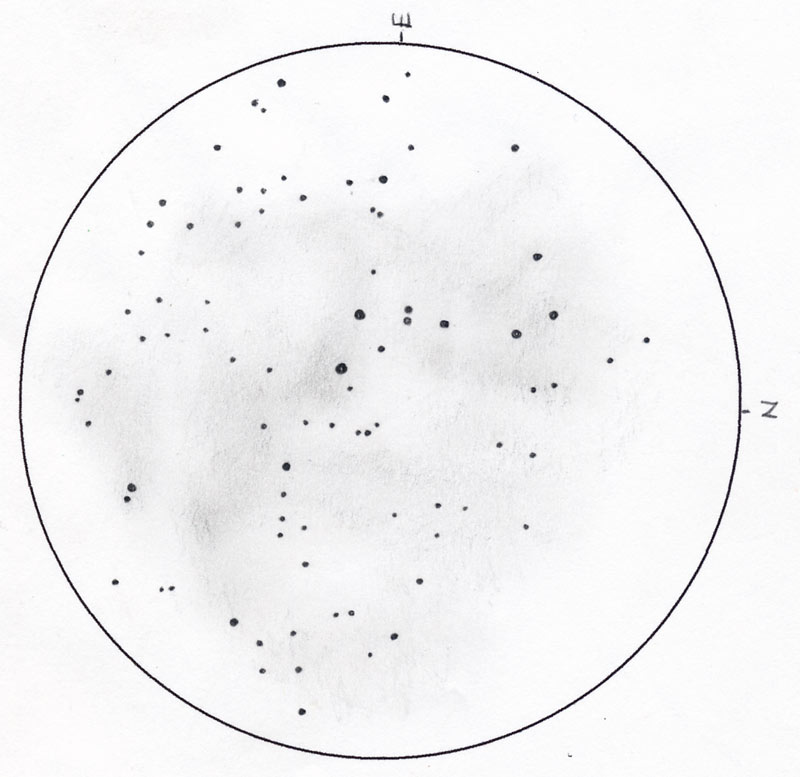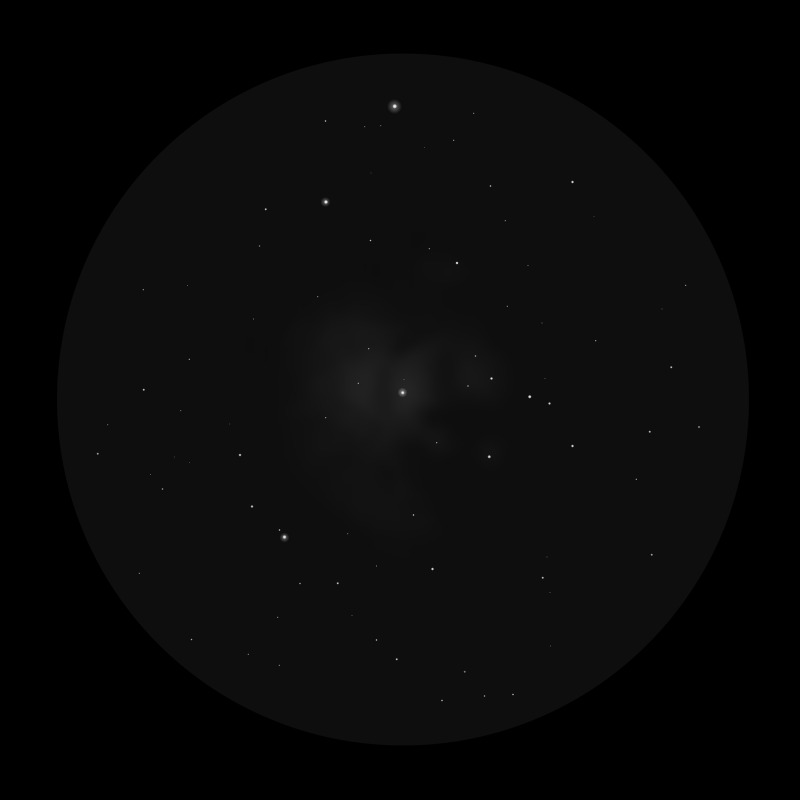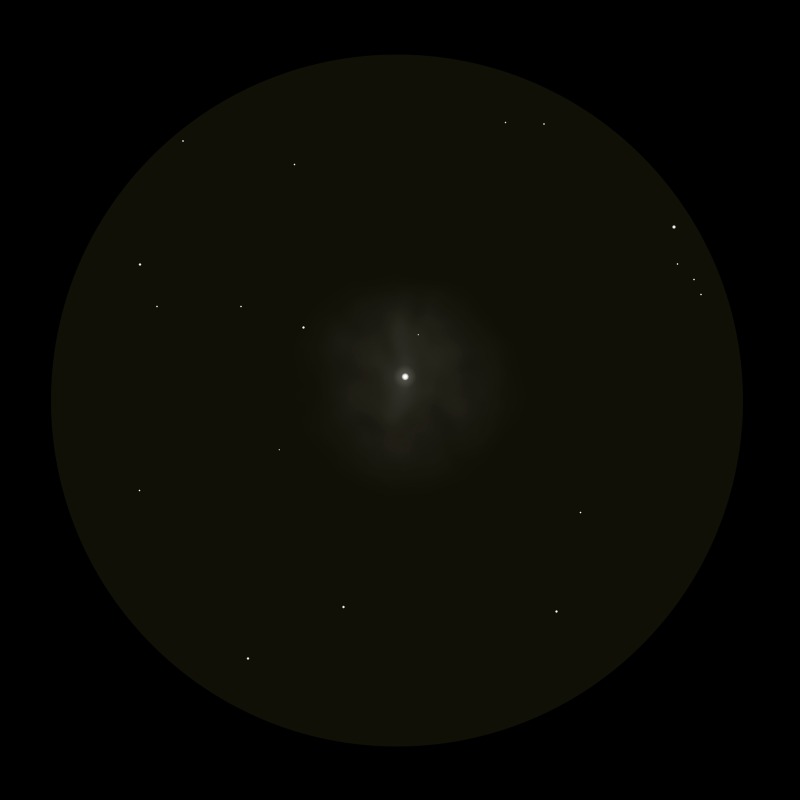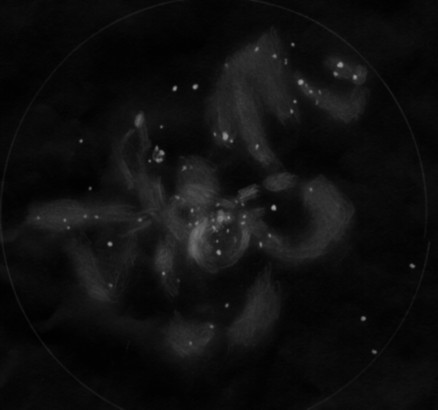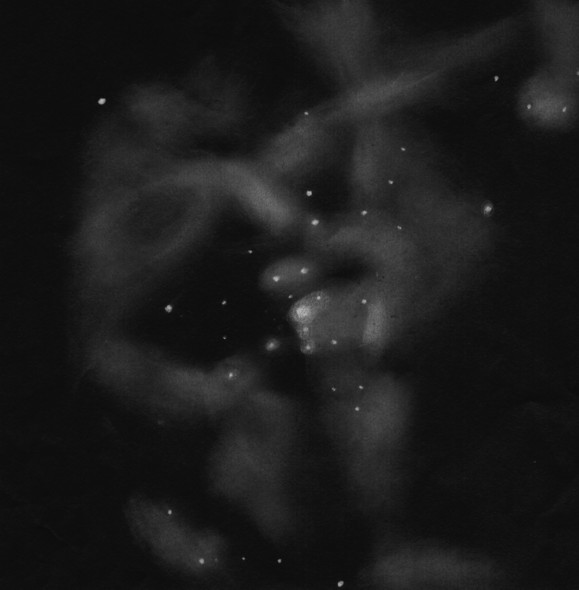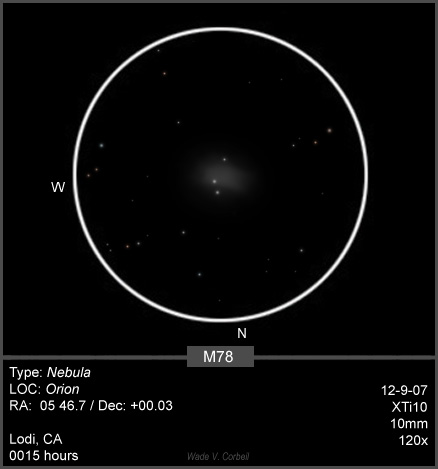
The Veil Nebula, NGC 6995
Sketch and Sketch Details by Robert Twarogal (Ignisdei)
This extraordinarily beautiful sketch of NGC 6995, the Veil nebula, was one of several submitted by Polish amateur astronomer Robert Twarogal (Ignisdei). His detailed yet delicate treatment of this classic emission/reflection nebula is a tribute to his strong observational and artistic talents. We look forward to sharing with you, future postings of Robert’s exceptional entries.
Sketch details:
Object Name : NGC 6995 – Veil Nebula (Ignisdei)
Object Type: Nebulae/emission/reflection
Location: Poland/ Oborniki/suburbia
Date: 31.06.2008 y,
Equipment: Synta 305/1500


